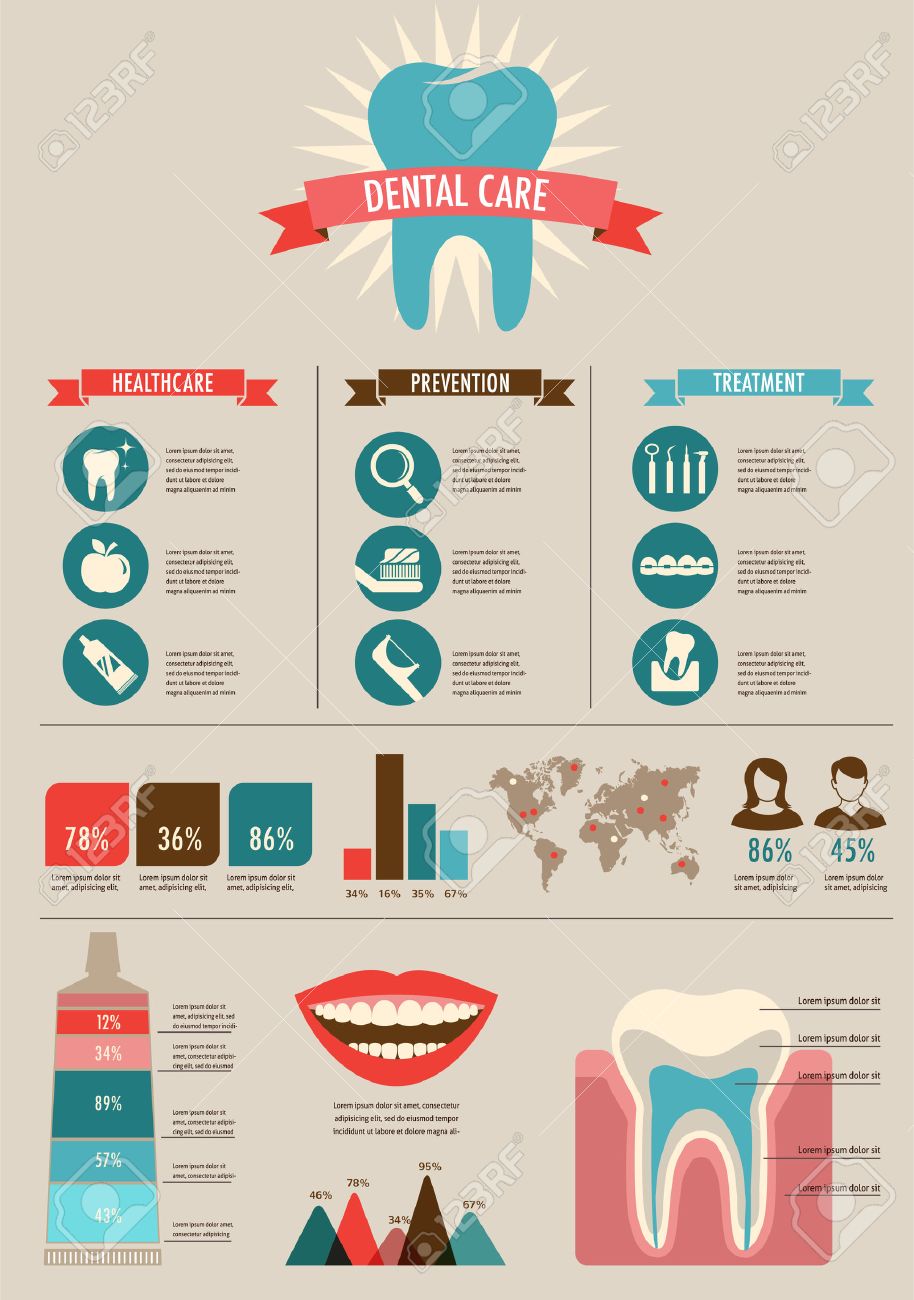Discover The Groundbreaking Advancements Changing Dental Surgery. Check Out The Future Of The Field And Remain Ahead Of The Game. Click Currently For A Glimpse Right Into Tomorrow!
Discover The Groundbreaking Advancements Changing Dental Surgery. Check Out The Future Of The Field And Remain Ahead Of The Game. Click Currently For A Glimpse Right Into Tomorrow!
Blog Article
Post Writer-Jama Jonasson
Invite to the world of dental surgery, where developments and advancements are shaping the future of the field! In this exciting realm, you'll witness the transformative power of robotics, the cutting-edge marvel of 3D printing, and the game-changing effect of minimally invasive techniques.
The future of oral surgery holds a guarantee of accuracy, efficiency, and enhanced person results. With the help of advanced robotics, surgeons have the ability to do intricate treatments with higher accuracy and control.
3D printing innovation is revolutionizing the production of oral implants and prosthetics, offering personalized remedies that fit flawlessly into each individual's unique anatomy.
In https://www.zawya.com/en/press-release/companies-news/align-technology-introduces-new-invisalign-moderate-package-in-the-middle-east-market-dlnd3r7h , minimally invasive methods are lowering post-operative discomfort and healing time, permitting people to return to their day-to-days live sooner.
Prepare to discover the amazing technologies and advances that are improving the landscape of oral surgery!
Improvements in Robotics
One significant improvement in oral surgery is using robotic technology, which allows for accurate and effective operations. With the help of robotic systems, oral surgeons have the capability to perform complex surgical treatments with boosted precision, reducing the risk of human error.
These robot systems are equipped with innovative imaging modern technology and accurate tools that make it possible for surgeons to browse with intricate anatomical structures easily. By using robotic technology, surgeons can attain higher medical accuracy, causing enhanced person end results and faster healing times.
On top of that, using robotics in dental surgery allows for minimally invasive procedures, lowering the trauma to surrounding cells and promoting faster healing.
3D Printing in Oral Surgery
To boost the area of dental surgery, you can explore the subtopic of 3D printing in dental surgery. This cutting-edge technology has the prospective to revolutionize the means oral specialists operate and treat individuals. Below are 4 essential methods which 3D printing is shaping the field:
- ** Personalized Surgical Guides **: 3D printing enables the production of very precise and patient-specific surgical overviews, improving the precision and efficiency of treatments.
- ** Implant Prosthetics **: With 3D printing, dental surgeons can develop personalized dental implant prosthetics that flawlessly fit an individual's special makeup, resulting in far better outcomes and client fulfillment.
- ** Bone Grafting **: 3D printing makes it possible for the manufacturing of patient-specific bone grafts, lowering the need for traditional grafting strategies and boosting recovery and recovery time.
- ** Education and learning and Educating **: 3D printing can be used to create reasonable medical versions for instructional objectives, enabling dental doctors to exercise intricate treatments prior to doing them on clients.
With its possible to boost precision, customization, and training, 3D printing is an exciting growth in the field of oral surgery.
Minimally Invasive Methods
To additionally progress the area of oral surgery, welcome the potential of minimally intrusive techniques that can considerably benefit both specialists and people alike.
Minimally dental emergency are reinventing the field by lowering medical injury, decreasing post-operative pain, and speeding up the healing process. These methods entail using smaller sized cuts and specialized tools to carry out procedures with accuracy and effectiveness.
By making use of innovative imaging modern technology, such as cone light beam calculated tomography (CBCT), surgeons can precisely intend and carry out surgeries with minimal invasiveness.
In addition, the use of lasers in oral surgery allows for specific cells cutting and coagulation, causing decreased bleeding and minimized recovery time.
With minimally invasive strategies, clients can experience much faster healing, reduced scarring, and improved end results, making it an essential facet of the future of dental surgery.
Final thought
So, as you can see, the future of oral surgery is incredibly promising, with interesting innovations and advances shaping the area.
From the developments in robotics to using 3D printing and minimally intrusive methods, dental doctors are transforming the means they supply treatment.
While some might bother with the prospective price connected with these advancements, it is essential to remember that these modern technologies eventually improve patient end results and decrease recuperation time, making them well worth the financial investment over time.
